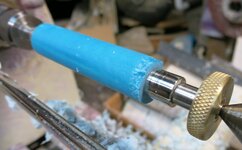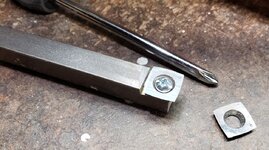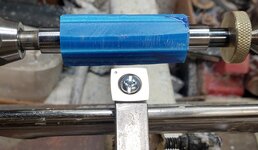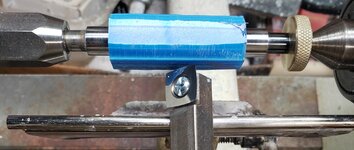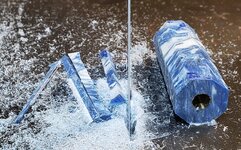jacobbaldwin
Member
Hello, everyone! I'm fairly new to pen turning and have recently purchased some pen blanks from exoticblanks.com to use in crafting fountain pens. When turning these blanks on the lathe, using a carbide-tip roughing tool OR a carbide-tip finishing tool, big chunks are spontaneously breaking off. Rather than get a relatively smooth surface from which I can sand and polish, I get a peppered surface covered with holes and gashes. I've been turning hardwood prior to these with the same tools with no issues. I'm wondering if RPM has something to do with it, but I'm not certain. Currently I'm using about 1000 RPM on the lathe. Can anyone inform me why this is happening, and how they recommend turning these blanks so that they are smooth?
Thanks,
Jacob
Thanks,
Jacob




